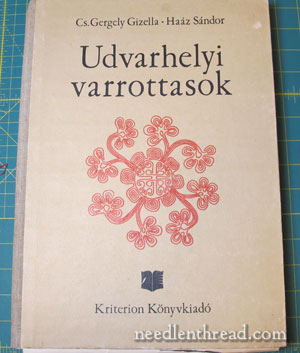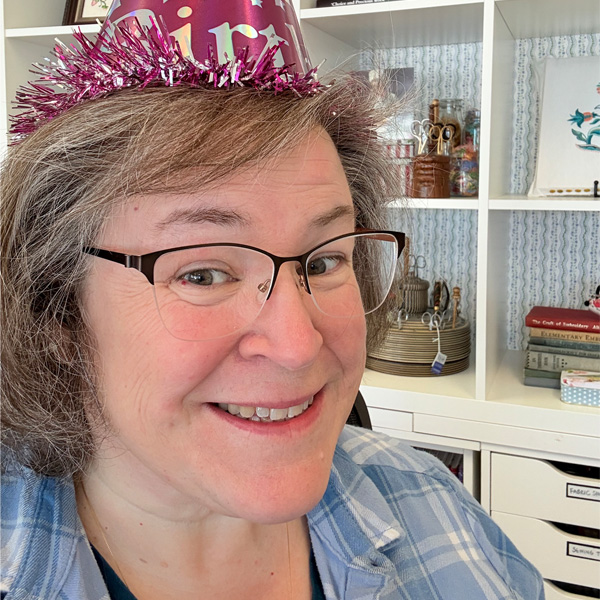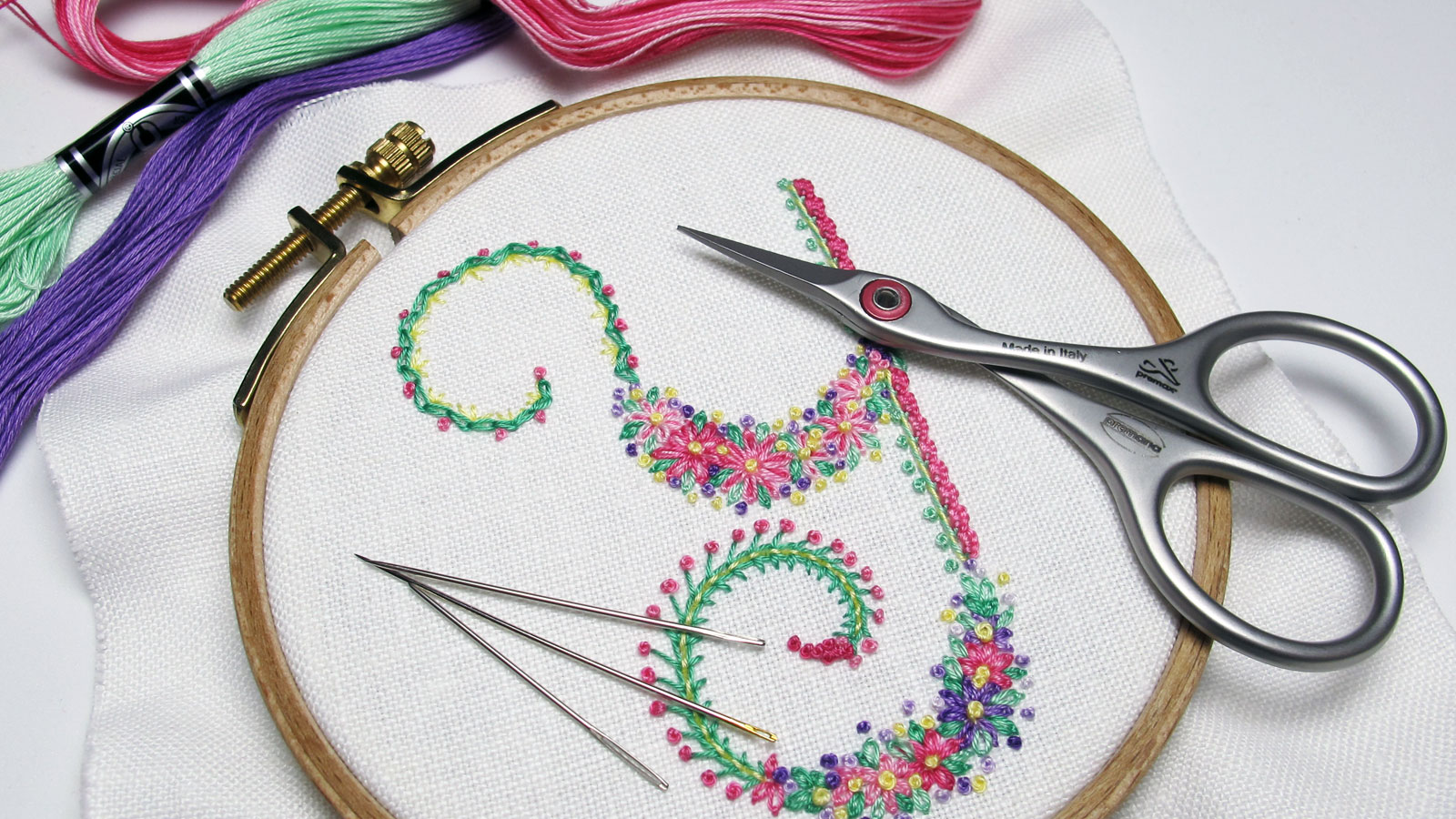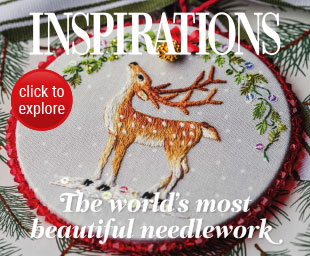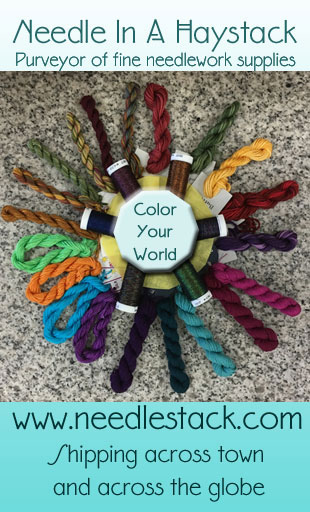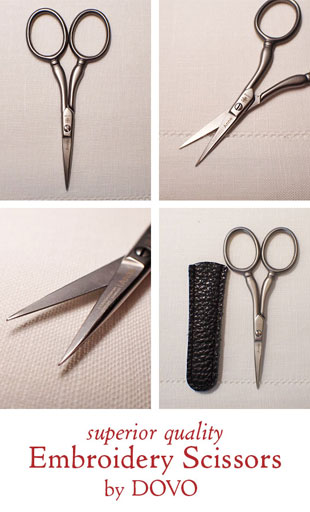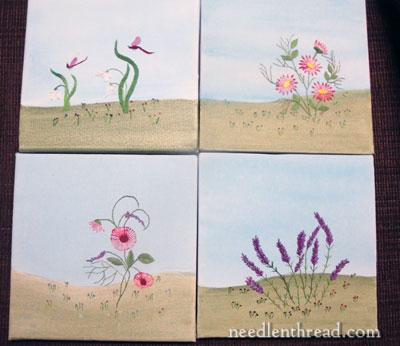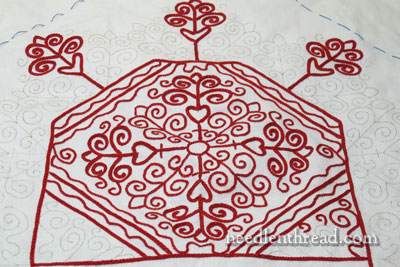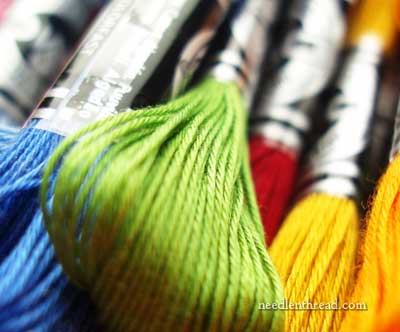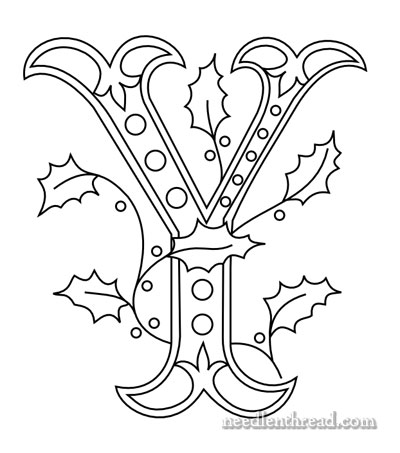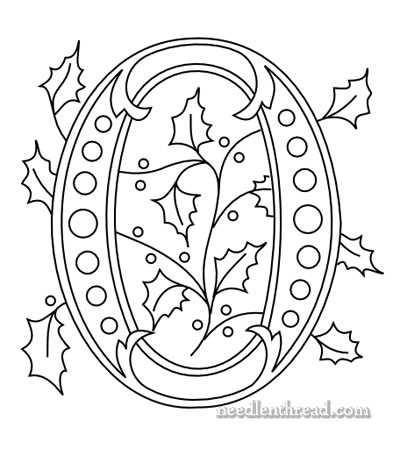December 29, 2012
A Vintage Book of Romanian Embroidery Patterns
If you love embroidery and needlework books as much as I do, you’ll understand why I have to share this book find with you! This isn’t a Needlework Book Review Proper, because… well, there’s not a lot to actually review in this case (it’s mostly patterns), and because it’s not a book you’ll be able to find readily.
If you do find a copy of it, though, and if you’re keen on folk embroidery, you might grab it while you can! I have had this on my “search” list for a while, and a couple months ago, I finally found a copy.
